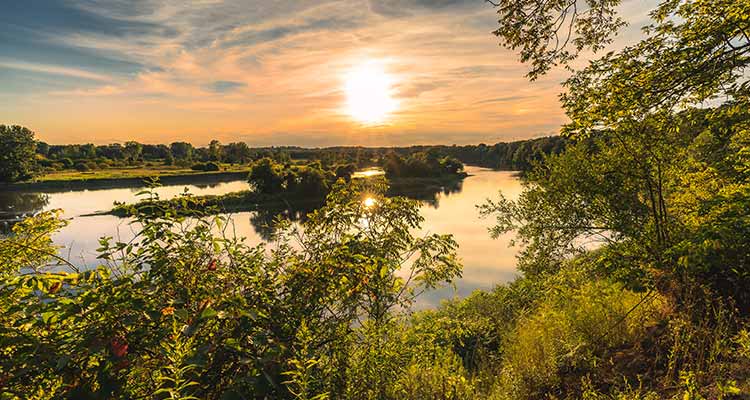
Indigenous Education Council

Indigenous Success Strategy

Protocols
Conestoga resources
Conestoga’s Library Services created an Indigenous Resources Guide that can be used as a starting point to find multidisciplinary eBooks, journals, and films for educational, research, and leisure purposes. Most of the work highlighted in this guide is by First Nations, Inuit and Metis authors and filmmakers.
External resources
Truth and Reconciliation
Land Acknowledgements
- Rick Hill Dish with One Spoon Teachings (video)
- What is Relational Accountability?
- Beyond Territorial Acknowledgements
- Hayden King on writing Toronto Metropolitan University’s Territorial Acknowledgement
